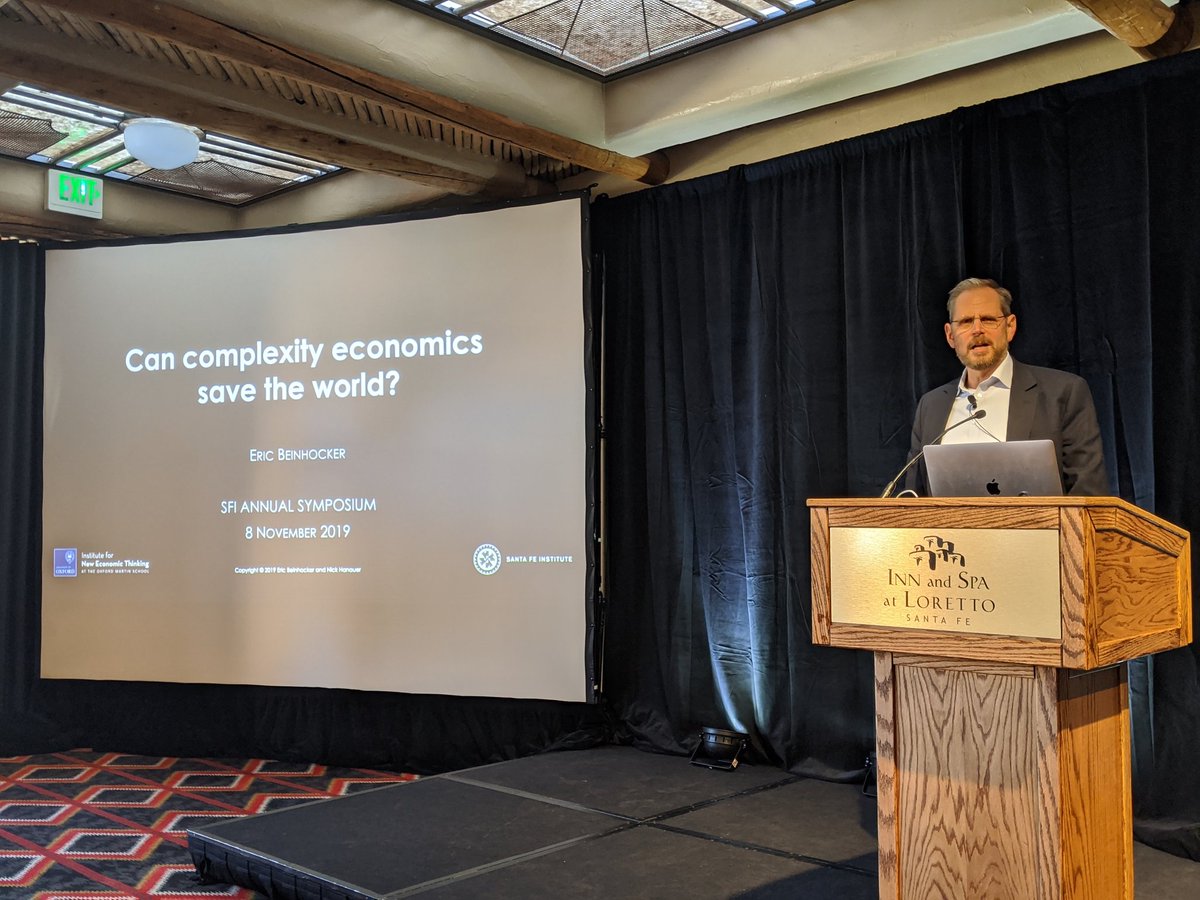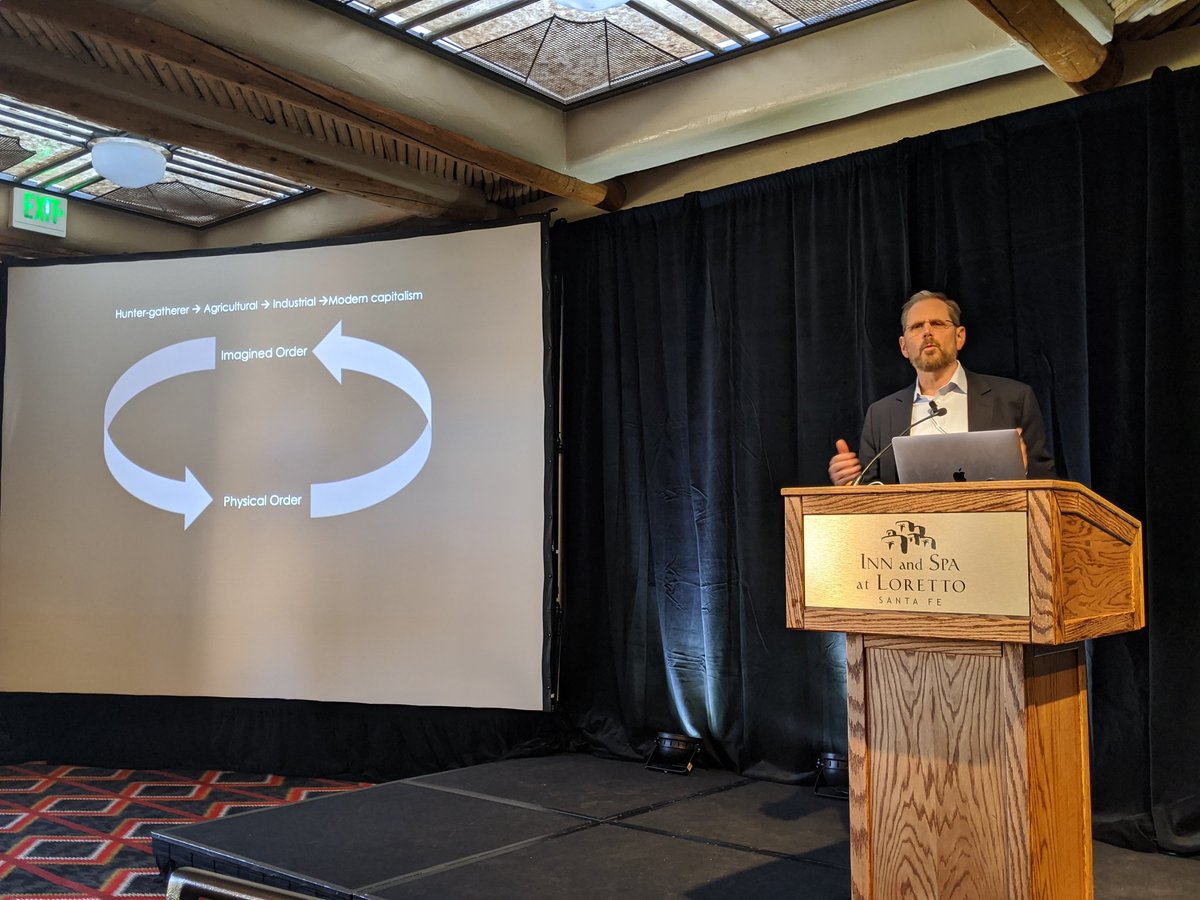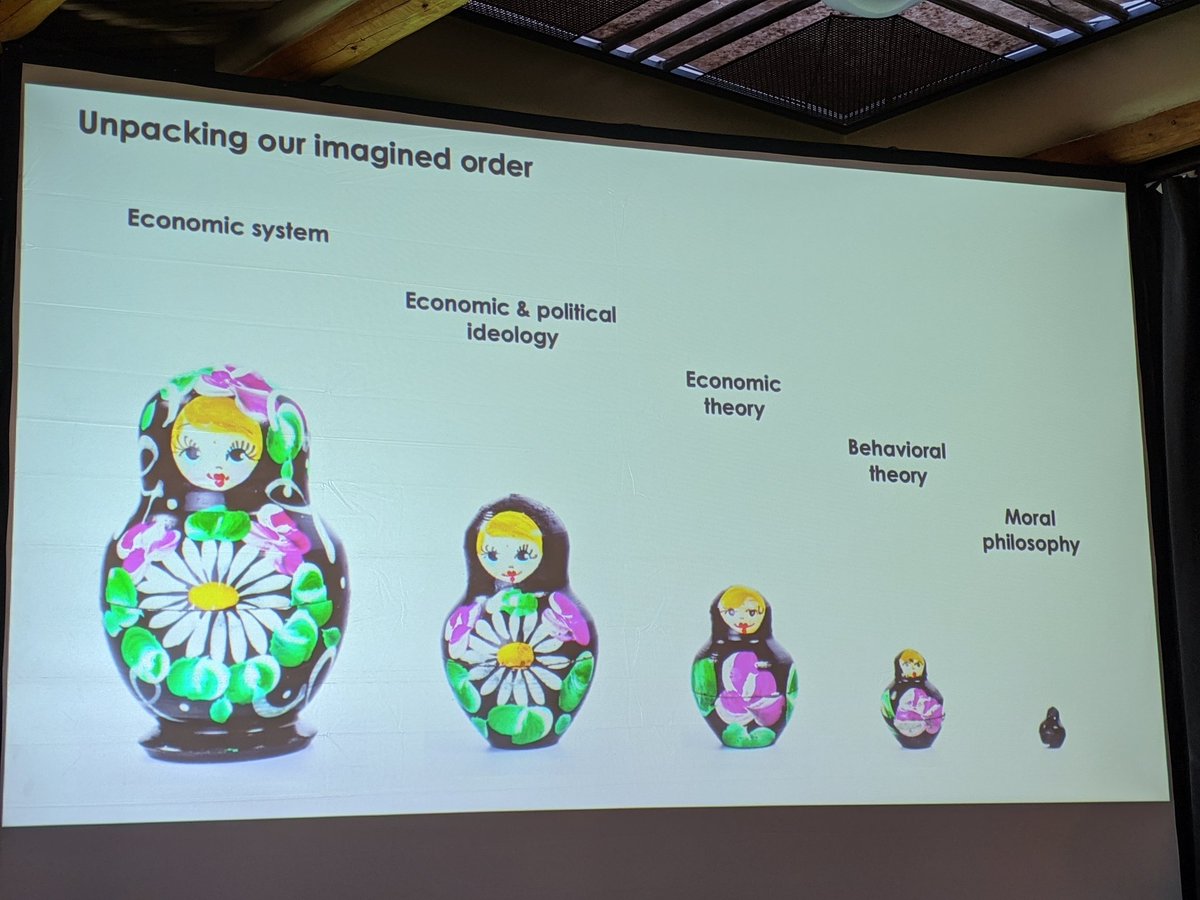Particularly in developing countries that have limited resources and lot of uncertainty about what should be prioritized and what works?
IMHO, the key is *iterative smart-policy design* (ISD)
i) Formulate policy using best available information but be very clear about which specific problem the policy is solving (this is the S in ISD)
ii) Define success & the information you would collect to measure progress (this is the D in ISD)
this is the I in ISD & the most important step
China has followed the ISD principle
How should credit subsidies by designed and targeted to boost exports?
For a conceptual framework for this question, read @ErnestLiuEcon
scholar.princeton.edu/sites/default/…
Most recently, another 100B Rs package was announced
Any exporting firm, up to a limit, can get a subsidized loan if it wants to buy machinery
Unsurprisingly, firms love to avail this opportunity, but does it work?
Even after decades of credit subsidies, we have absolutely no idea because no government followed the ISD principle.
Does the credit subsidy lead to investment that otherwise would have happened? Or are we simply handing over subsidy to cash-rich firms that would have invested anyways?
But such disciplined thinking is missing. We need ISD.









